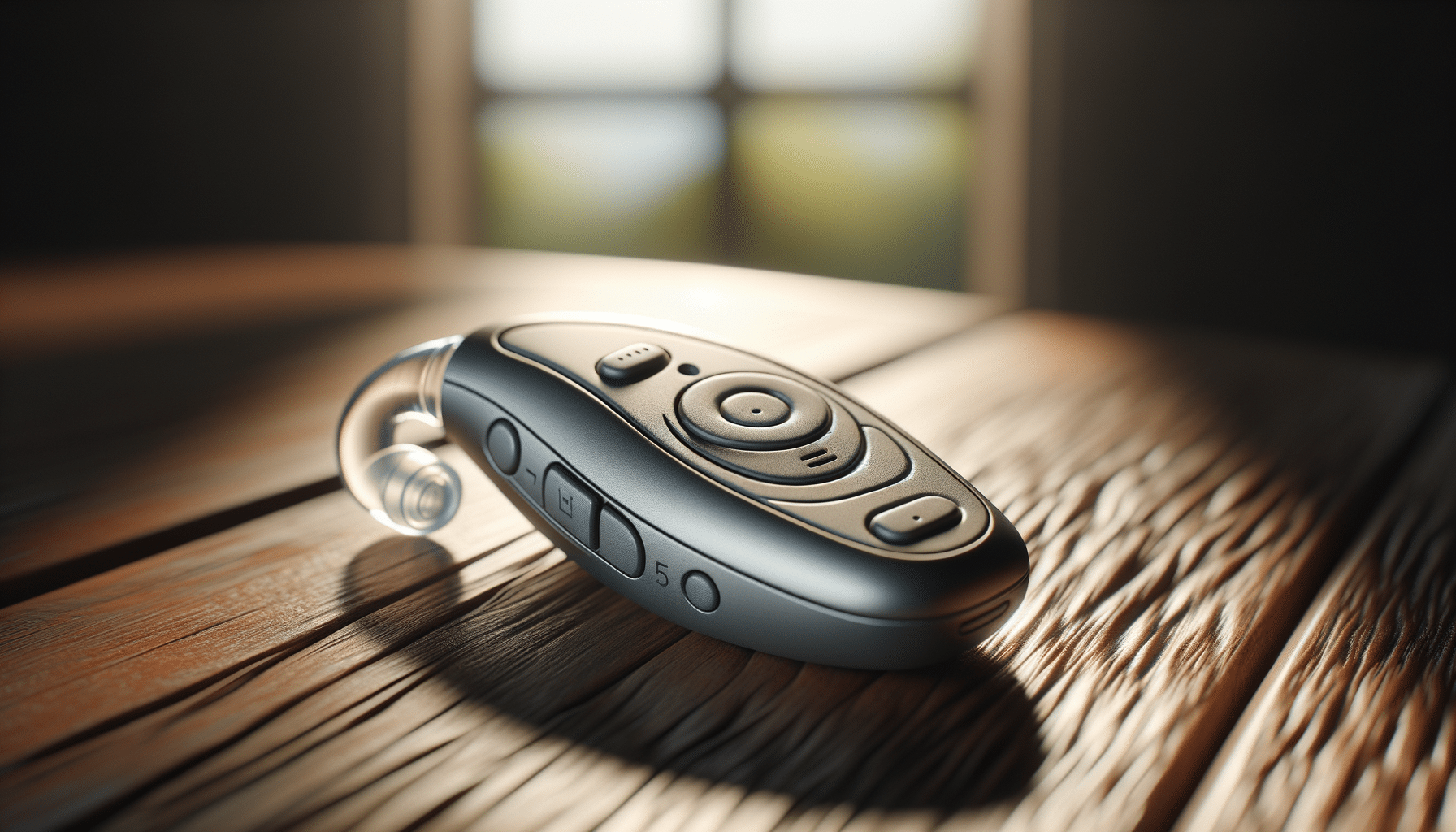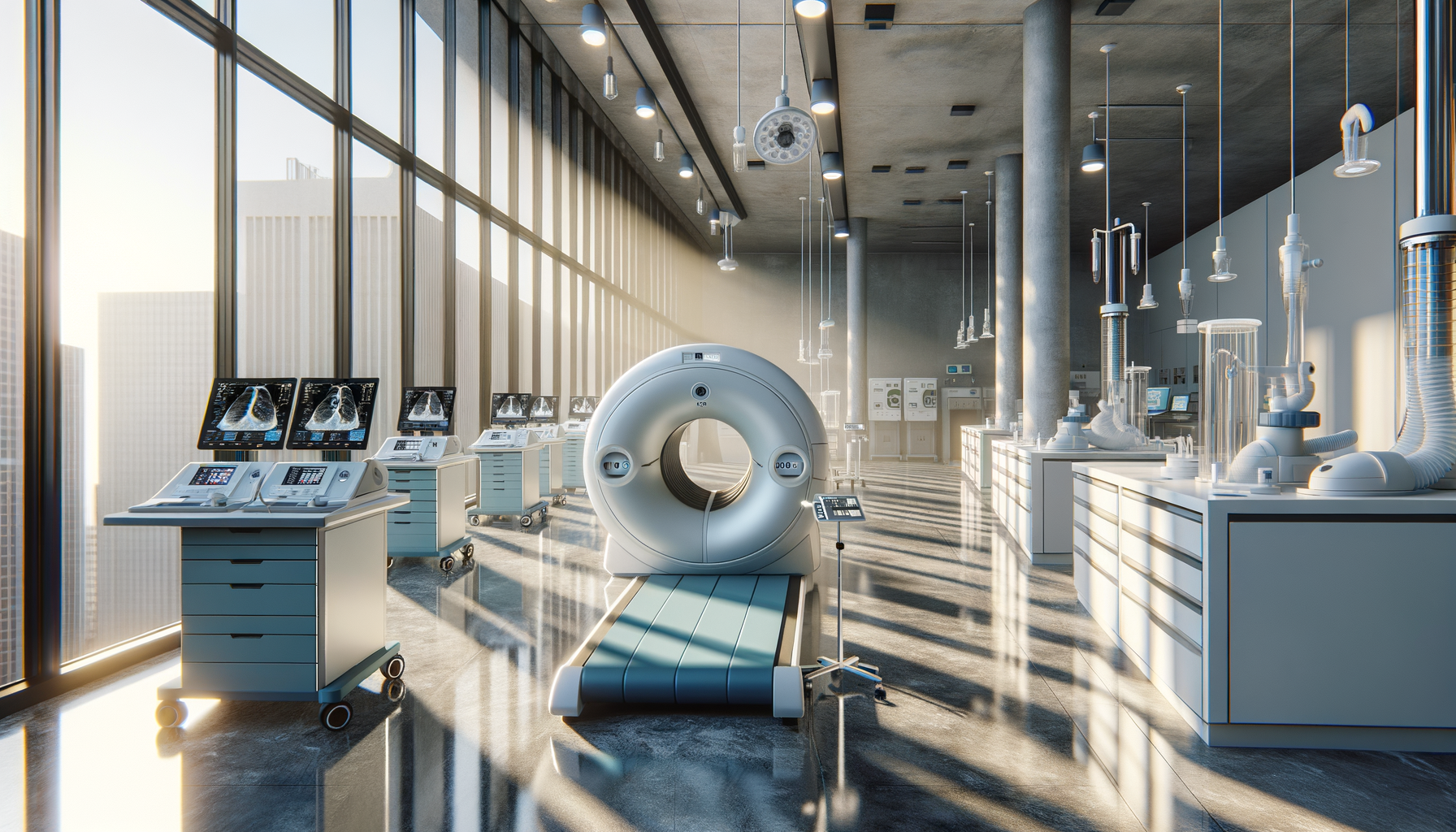
Understanding Modern Hearing Aid Technology
The Evolution of Hearing Aids
Hearing aids have come a long way from their humble beginnings. Initially, they were simple devices aimed at amplifying sound. Today, they are sophisticated pieces of technology that not only enhance sound but also offer a range of features that improve the user’s quality of life. The evolution of hearing aids can be divided into several key phases:
- Early trumpet-style devices that acted as simple sound collectors.
- Electronic hearing aids that used vacuum tubes in the mid-20th century.
- Transistor-based models that were smaller and more efficient.
- Digital hearing aids that emerged in the late 20th century, offering programmable settings and better sound quality.
Modern hearing aids integrate advanced digital technology, including artificial intelligence, to offer a more tailored and comfortable hearing experience. These advances have made hearing aids more than just sound amplifiers; they are now essential tools for communication and connectivity.
Features and Benefits of Modern Hearing Aids
Modern hearing aids are equipped with a multitude of features that make them highly effective and user-friendly. Some of the most notable features include:
- Directional Microphones: These help users focus on specific sounds while reducing background noise, making conversations clearer.
- Noise Reduction: Advanced algorithms filter out unwanted noise, enhancing the listening experience.
- Connectivity: Many hearing aids can connect to smartphones and other devices via Bluetooth, allowing users to stream audio directly to their ears.
- Customization: Users can adjust settings and programs to suit different environments, ensuring optimal performance in various situations.
The benefits of these features are significant. Users report improved speech understanding and a more natural listening experience. The ability to customize settings also means that hearing aids can be tailored to the specific needs of the user, providing a personalized experience that enhances everyday life.
Challenges in Hearing Aid Adoption
Despite the numerous advantages, there are still challenges associated with the adoption and usage of hearing aids. Some common issues include:
- Stigma: Many individuals associate hearing aids with aging, leading to reluctance in using them.
- Cost: High-quality hearing aids can be expensive, and not all insurance plans cover the cost.
- Adjustment Period: Users often need time to adjust to the new sounds and sensations provided by the devices.
Addressing these challenges involves increasing awareness about the benefits of hearing aids and encouraging regular hearing check-ups. Additionally, technological advances are helping to reduce costs and improve the aesthetic appeal of hearing aids, making them more accessible and less noticeable.
Technological Innovations in Hearing Aids
The hearing aid industry is constantly evolving, with new technologies emerging to enhance the user experience. Some recent innovations include:
- Artificial Intelligence: AI is being used to automatically adjust settings based on the user’s environment, providing seamless transitions between different listening situations.
- Rechargeable Batteries: Modern hearing aids often feature rechargeable batteries, eliminating the need for frequent battery changes.
- Advanced Sound Processing: Improved digital signal processing allows for clearer and more natural sound reproduction.
These innovations are making hearing aids more efficient, user-friendly, and effective in addressing hearing loss. As technology continues to advance, we can expect even more improvements in the years to come.
Future Trends in Hearing Aid Technology
Looking ahead, the future of hearing aids is promising, with several trends likely to shape the industry:
- Integration with Health Monitoring: Future hearing aids may include health monitoring features, such as heart rate and activity tracking.
- Improved Connectivity: Enhanced connectivity options will allow hearing aids to integrate more seamlessly with smart home devices and other technology.
- Miniaturization: Devices will continue to become smaller and more discreet, making them more appealing to users concerned about appearance.
These trends suggest that hearing aids will become even more integrated into daily life, offering not just hearing improvement but also overall health benefits. The continued focus on personalization and connectivity will ensure that hearing aids remain a vital tool for those with hearing loss.


